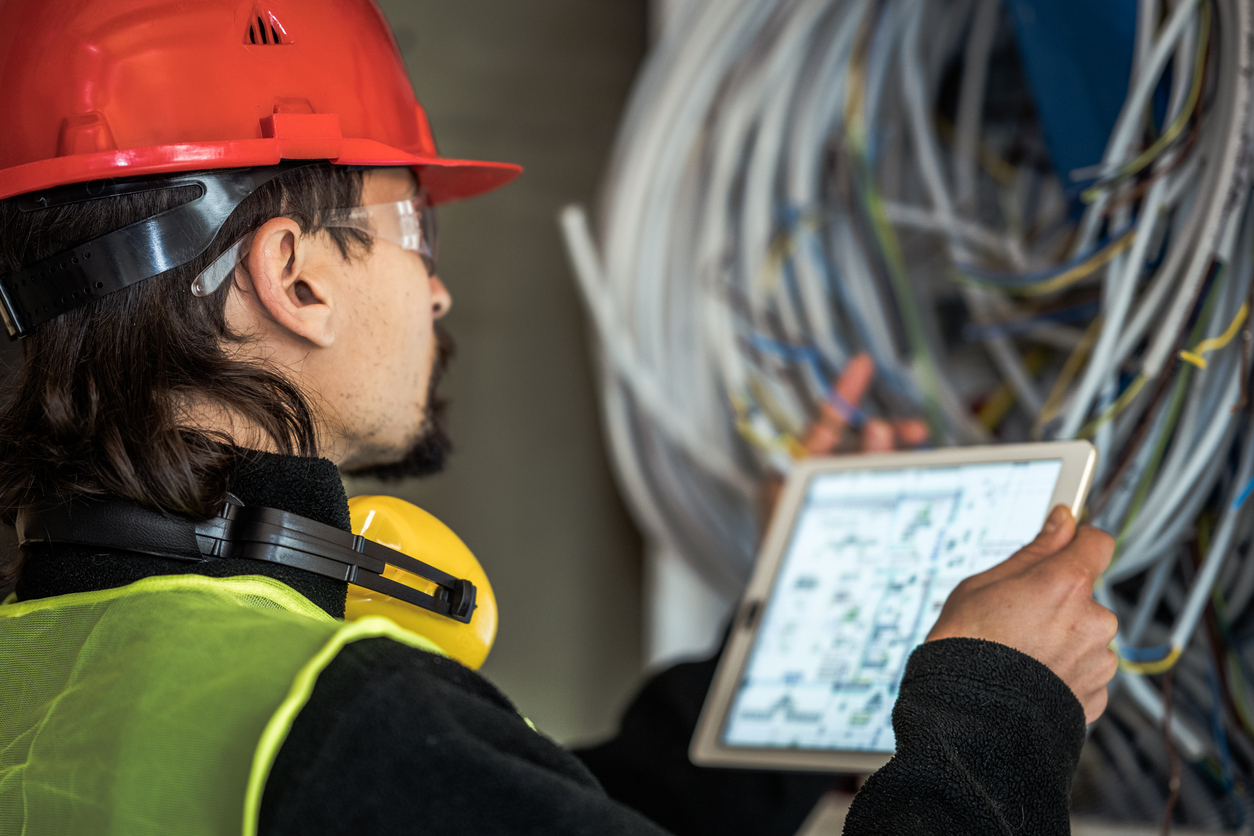As technology develops at unprecedented rates, it can be tough to wrap our minds around all of the capabilities of what we already have – and what we might soon have. While unmanned aerospace vehicles were once a cornerstone of science fiction content, our world is now inundated with them, even in the commercial sector. Today, they are commonly known as drones.
So how can fleet and public works organizations make use of drone technology? With Advanced Robotics & Remote Sensing Drones, we are realizing the changing landscape and costs of Capital Asset Management. In this special sit-down interview, we asked, Ed Young, Executive Director of the Aerospace Center for Excellence (ACE), for his explanation of the benefits and dynamic roles of these drones, especially via inspections and tracking of maintenance of capital assets, like bridges, roads, buildings and even waterways.
How did your organization get into the UAS/drones business?
Ed: Unmanned Aerial Systems (UAS) is just one component of advanced robotics and sensing. GBA ventures into the field in the way that many engineering and architecture firms did. We saw cool pictures of our projects. GBA provides innovative engineering and architectural solutions for high-profile projects. GBA serves primary markets including transportation, water environment, building design, site development, commissioning, systems integration and construction management.
So, we realized that while cool pictures of buildings and bridges is a worthwhile use of unmanned vehicles or drones, it is a very limited use. We believed that the potential to use the drones eclipsed the cool factor. Going beyond cinematic shots required investment. Fortunately, GBA was willing to take that chance.
What are challenges of regulations around UAS being a new technology impacting commercial usage?
Ed: Use of unmanned aerial systems was heavily regulated when we started. The barriers to entry still remain very high. In fact, one of our strategies for staying relevant in the field was to join a research cooperative/pilot program administered by the state in cooperation with the FAA. While working through the barriers to flight, we perfected our analysis of voluminous data produced by advanced sensing in other areas, including flight not regulated by the FAA, underwater vehicles and indoor image capture.
One of our first financially successful projects was the use of a drone to capture percentage completion shots on an office complex project. The regular pictures allowed the financial backers of the project to mark material delivery and progress in construction. Prior to this type of image capture, requests for progress payment were a matter of faith in the contractor and reviewing engineers’ reporting. For insurance purposes, the images provided strong evidence in the event of a loss.
Our next success project was a volumetric study. The contractor and property owner could not agree on the amount of material remediate from a site. Aerial imaging and a fair amount of math helped the owner visualize the change.
How do you see this evolving in the future?
Ed: After very few projects, we recognized that the primary problem with advanced sensing is the amount of data that is generated. We needed a mechanism to track all of the images produced. Frequently, we were capturing images in four or more formats, including visual and infrared spectrums. The images required rectification and alteration. Without intelligent software and an extreme storage capacity, we would simply leave potential for the products unrealized. While the use of our aerial vehicles was difficult in the regulatory environment, that was the easy part of developing our program. The more difficult part was understanding how to maximize the data.
The value of our endeavors became apparent relatively rapidly. Commercially available images simply lacked the quality necessary to create engineered renders. By adding surveyed points, we quickly overcame that shortfall. Adding the survey points added additional data to all our projects. The pinnacle project to data significantly reduced the risk to our field crews by finding pavement issues which required major interstates to be shut down or personnel forced to brave inspections with traffic feet or inches away.
Eventually, the use of advanced robotics will supplant many high-risk jobs and perform tasks that are simply too difficult or too expensive to undertake.
Ed Young served as the Aviation Market Leader at GBA, until recently. He was appointed the Executive Director of the Aerospace Center for Excellence (ACE). His duties at ACE include oversight of manned and unmanned aviation activities including the Unmanned Squadron, the 1st High School Drone Club operating on an airport, two regional competitions and a national unmanned competition.
Want to learn more about UAS and its potential for benefits and cost savings to the public sector? GBA is working with KDOT, FFA , and others to come up commercial standards for the industry. Check out this link for an article about this partnership and the use of AI.












